Shofuso After Hours
- Kate Galer

- Jun 4, 2019
- 2 min read
Updated: Feb 17, 2021
On Monday May 20th, Women in Horticulture joined Kim Andrews, Executive Director of Shofuso Japanese House and Garden and the Japan Society of America, for an After Hours Tour of Shofuso. Before the tour of the garden and house, some of us joined Kim for a short walk and talk around the Centennial Arboretum. As the group sat at the Alexander Stirling Calder Sundial and viewed the magnificent allée of cherry trees, Kim detailed the history of the area before, during, and after the Centennial Exhibition, focusing on the Japanese influence. A brief passing shower had the group take shelter in the gazebo nearby and share more about the area, its metamorphosis , and our own backgrounds and experience in horticulture.
At 5:30, we met with more Women in Horticulture at the gate of Shofuso for the tour of the garden and house. We were joined by Lori Hayes, Director of Urban Forestry for the City of Philadelphia, who started as a seasonal Fairmount Park Commission worker from 1980 through the mid-80s, working at Shofuso in the early 1980s. She has been with the City of Philadelphia ever since! She has been the Horticulture Center Manager, spending most of career in West Fairmount Park until she became District Manager based at FDR Park and worked her way up and across the ropes of the trees of Fairmount Park ( literally and figuratively!). Lori spoke of her time at Shofuso and shared a few snapshots from that time, including a picture of her younger sister in front of the Jizo statue and the koi that lived in the pond at the time.
We relaxed outside on the veranda and enjoyed the view of the garden as Kim spoke to us about the history of the Shofuso house and how and why it was relocated to its current site from the Museum of Modern Art in New York. Lori shared anecdotes of the time that she worked at Shofuso, including how she was told to mow the lawn and worked with an all male crew. Kim explained the extensive restoration of the historic landscape over time and the multiple uses that Shofuso has endured, including weddings and other events that taxed the landscape. A Japanese garden is meant to be viewed from the house and its veranda, not walked through as we are used to in the gardens of the West. The view is the thing! The harmony of the colors, shapes, placement of stones and statuary, and view in and beyond the garden are the important elements of the garden. She also spoke of the how the nonprofit has been run by various Boards and volunteers and the complexity of the relationship between Board, staff, and volunteers as she has attempted to remake the Board to be more effective and representative of the diversity of the city and region.
We took off our shoes and entered the house and the view really was the thing! From the sliding doors you could see out into the garden as if looking through a picture frame. We ended the evening with goodbyes and until we meet agains! Thanks to Kim and Lori for hosting Women in Hort! These two dynamic and knowledgeable women are leaders in their field.

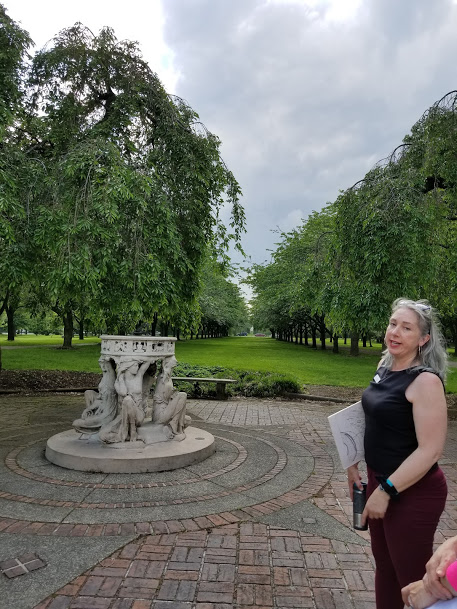

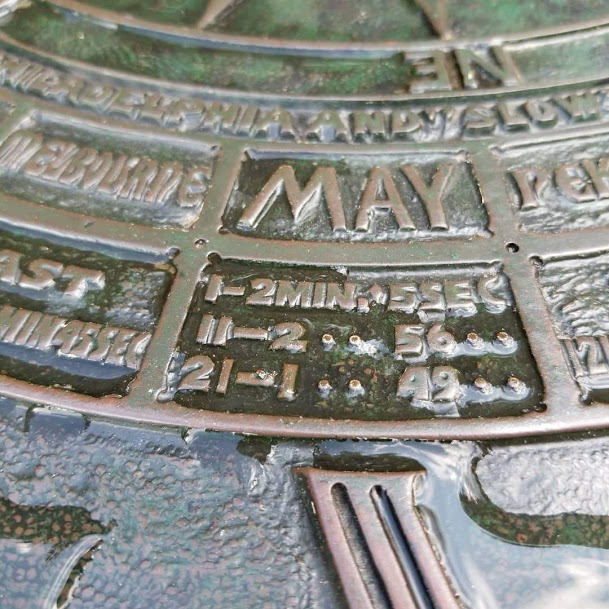

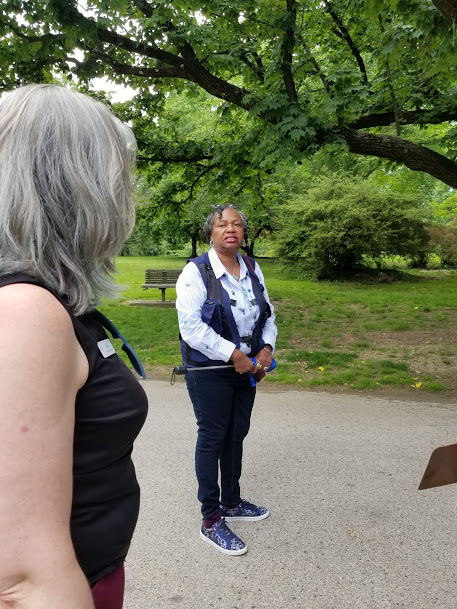



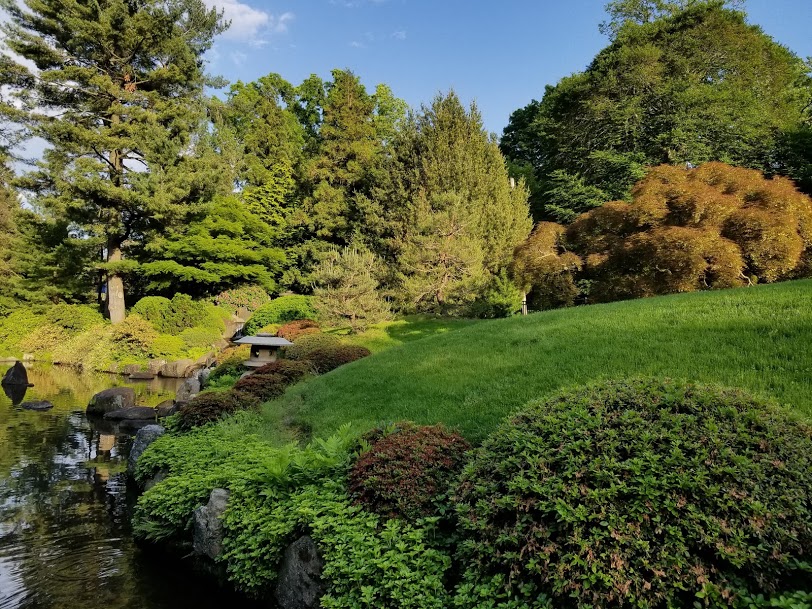

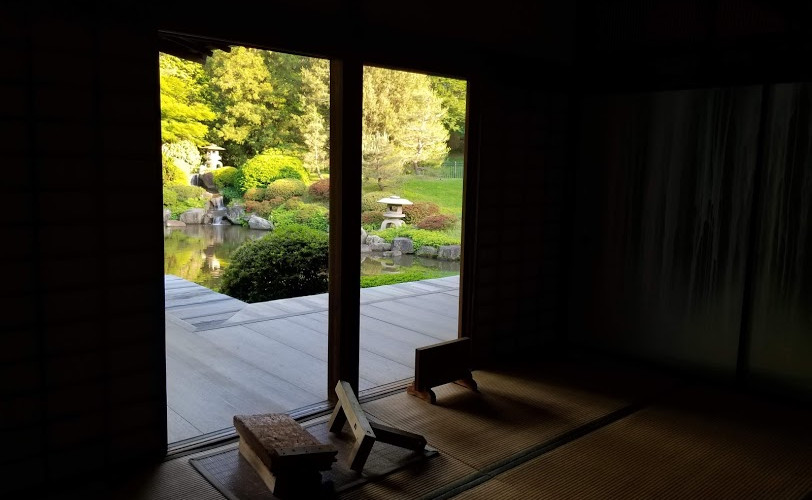



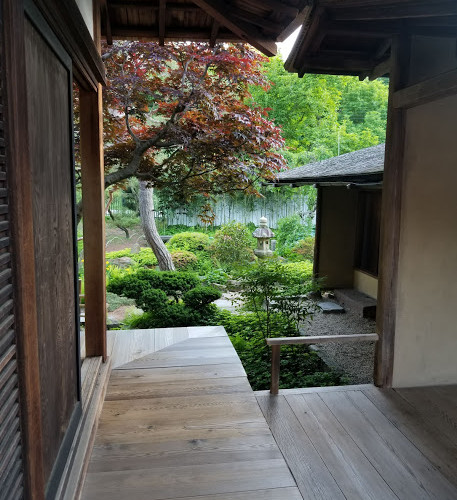

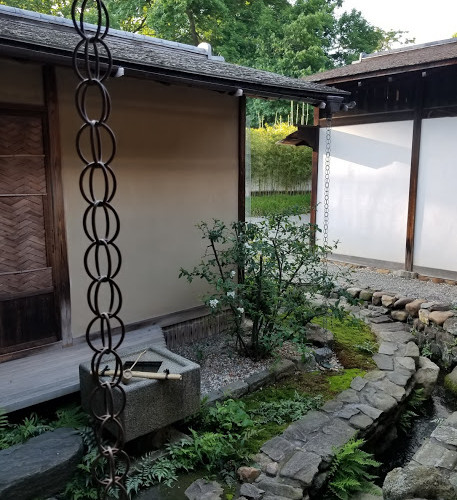

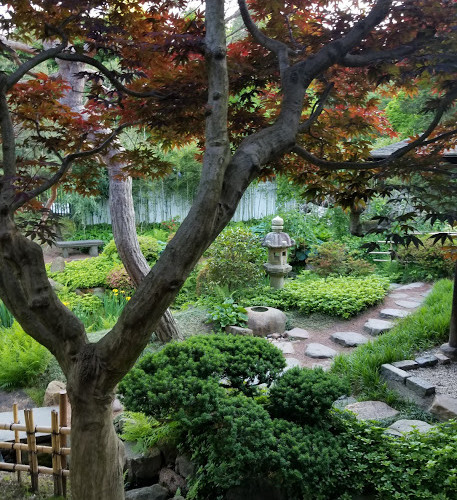







Comments